The 5G Problems
 The Apple iPhone 12 has 5G but its not for customers. Its because the mobile co’s wanted it. And they indirectly paid Apple for it. While its true that 5G increases bandwidth and reduces latency, it more important that it reduces infrastructure costs. Alert: This twitter thread is a trial of the “blog post as […]
The Apple iPhone 12 has 5G but its not for customers. Its because the mobile co’s wanted it. And they indirectly paid Apple for it. While its true that 5G increases bandwidth and reduces latency, it more important that it reduces infrastructure costs. Alert: This twitter thread is a trial of the “blog post as […]
Must Read: Redistributing Full BGP Feed into OSPF
The idea of redistributing the full Internet routing table (840.000 routes at this moment) into OSPF sound as ridiculous as it is, but when fat fingers strike it should be relatively easy to recover, right? Just disable redistribution (assuming you can still log into the offending device) and move on.
Wrong. As Dmytro Shypovalov explained in an extensive blog post, you might have to restart all routers in your OSPF domain to recover.
And that, my friends, is why OSPF is a single failure domain, and why you should never run OSPF between your data center fabric and servers or VM appliances.
Must Read: Redistributing Full BGP Feed into OSPF
The idea of redistributing the full Internet routing table (840.000 routes at this moment) into OSPF sounds as ridiculous as it is, but when fat fingers strike, it should be relatively easy to recover, right? Just turn off redistribution (assuming you can still log into the offending device) and move on.
Wrong. As Dmytro Shypovalov explained in an extensive blog post, you might have to restart all routers in your OSPF domain to recover.
And that, my friends, is why OSPF is a single failure domain, and why you should never run OSPF between your data center fabric and servers or VM appliances.
pygnmi 2. How to use pyGNMI?
Hello my friend,
In the previous article we have mentioned that we have started building our own Python package, which will allow you to easily interact with the network functions over gNMI. Today we want to share with you some progress and explain, how you can start benefiting from it right now.
2
3
4
5
retrieval system, or transmitted in any form or by any
means, electronic, mechanical or photocopying, recording,
or otherwise, for commercial purposes without the
prior permission of the author.
Is automation really so important?
Amount of network-related tasks in each company is growing years, if company is doing well. The number of employees is not. That creates a need for business relying on technologies to “do more with less”. The automation is a key enabler for this approach. And we are keen to help your business (or yourself) to find a right approach to network automation and successfully implement it. In our trainings:
- We explain the advantages and challenges of network automation in multivendor networks.
- We teach you how to reach quick wins in network automation to fuel your automation projects for Continue reading
What are Cloud-Native Databases and Why Should You Use Them?
Cloud-native databases offer several benefits including enhanced scalability, accessibility, and responsiveness.History of Networking: Mark Nottingham and HTTP
The HyperText Transfer Protocol (HTTP) carries the vast majority of all the traffic on the Internet today, and even the vast majority of traffic carried on private networks. How did this protocol originate, and what was the interplay between standards organizations in it’s creation, curation, and widespread deployment? Mark Nottingham joins Donald and I on this episode of the History of Networking to answer our questions.
<em><a href=”https://historyofnetworking.s3.amazonaws.com/Mark-N_HTTP.mp3″>download</a></em>
Argo Tunnels that live forever
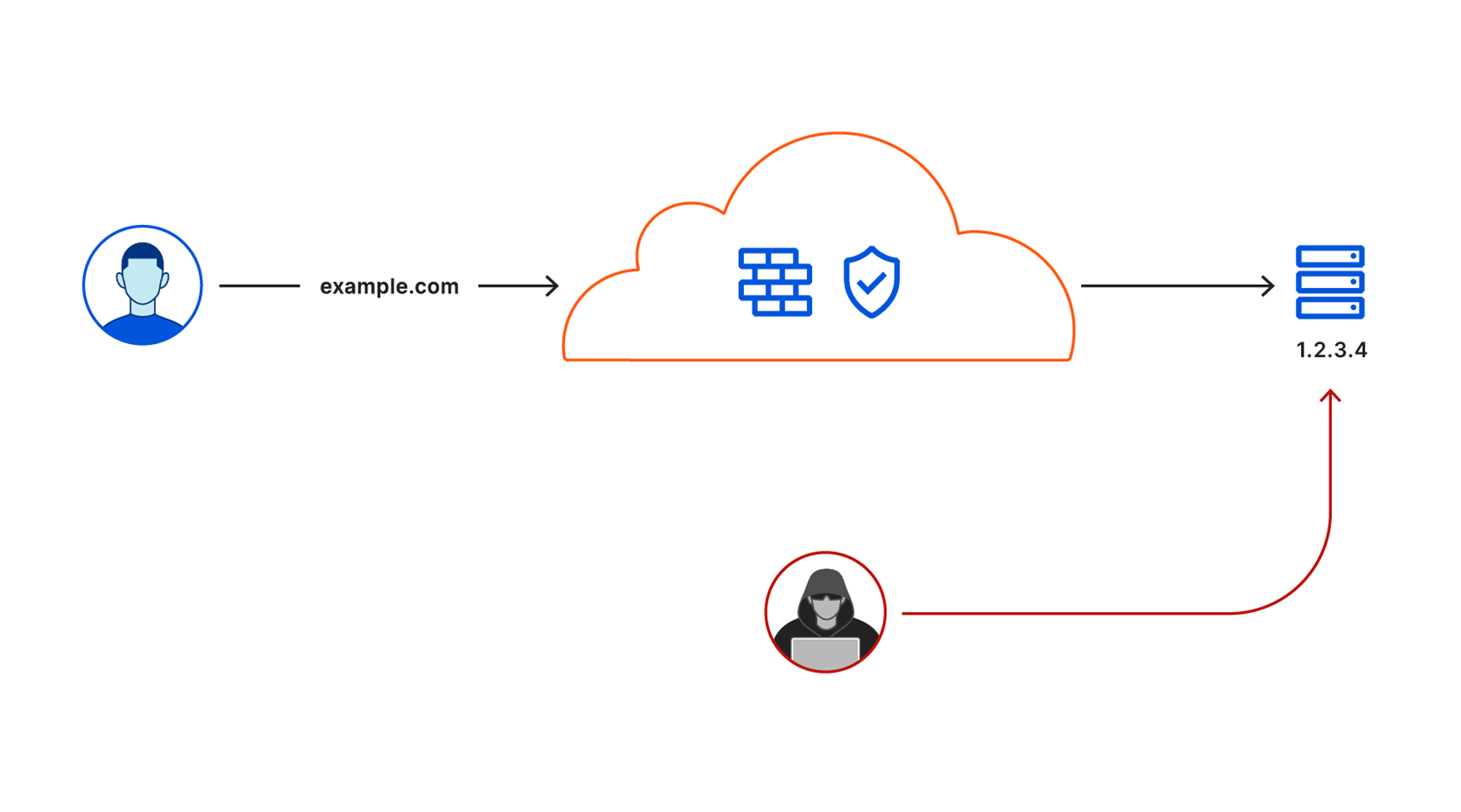
Cloudflare secures your origin servers by proxying requests to your DNS records through our anycast network and to the external IP of your origin. However, external IP addresses can provide attackers with a path around Cloudflare security if they discover those destinations.
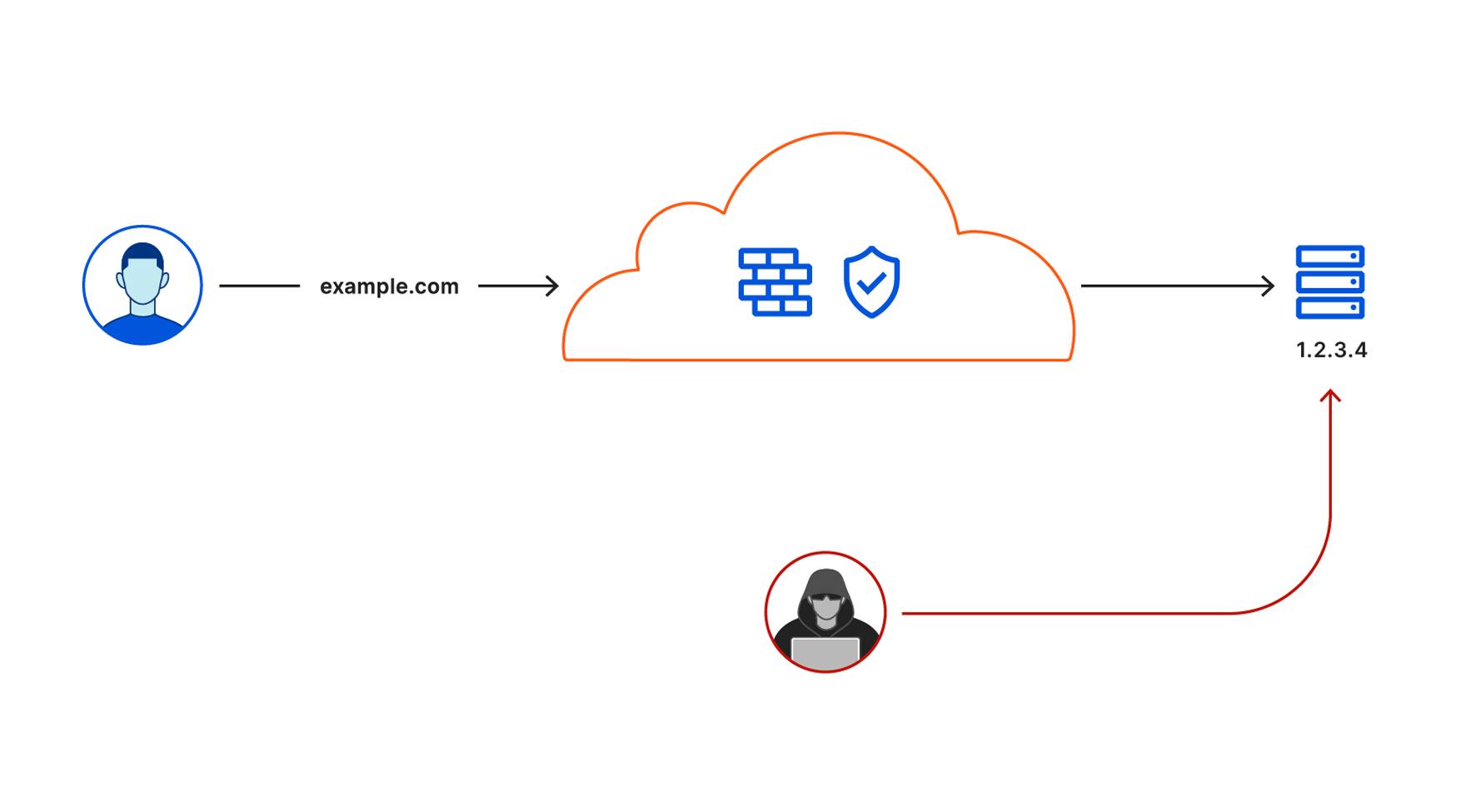
We launched Argo Tunnel as a secure way to connect your origin to Cloudflare without a publicly routable IP address. With Tunnel, you don’t send traffic to an external IP. Instead, a lightweight daemon runs in your infrastructure and creates outbound-only connections to Cloudflare’s edge. With Argo Tunnel, you can quickly deploy infrastructure in a Zero Trust model by ensuring all requests to your resources pass through Cloudflare’s security filters.

Originally, your Argo Tunnel connection corresponded to a DNS record in your account. Requests to that hostname hit Cloudflare’s network first and our edge sends those requests over the Argo Tunnel to your origin. Since these connections are outbound-only, you no longer need to poke holes in your infrastructure’s firewall. Your origins can serve traffic through Cloudflare without being vulnerable to attacks that bypass Cloudflare.
However, fitting an outbound-only connection into a reverse proxy creates some ergonomic and stability hurdles. The original Argo Tunnel architecture attempted to both Continue reading
Network Break 305: NVIDIA Unfolds DPU Roadmap; IBM Spins Off Managed Infrastructure Biz
Today's Network Break analyzes NVIDIA's new roadmap for DPUs (also known as SmartNICs), IBM's spin-out of its managed infrastructure business, new security features from Juniper, a whopping judgement against Cisco for patent violations, and more.Network Break 305: NVIDIA Unfolds DPU Roadmap; IBM Spins Off Managed Infrastructure Biz
Today's Network Break analyzes NVIDIA's new roadmap for DPUs (also known as SmartNICs), IBM's spin-out of its managed infrastructure business, new security features from Juniper, a whopping judgement against Cisco for patent violations, and more.
The post Network Break 305: NVIDIA Unfolds DPU Roadmap; IBM Spins Off Managed Infrastructure Biz appeared first on Packet Pushers.
Zero Trust For Everyone
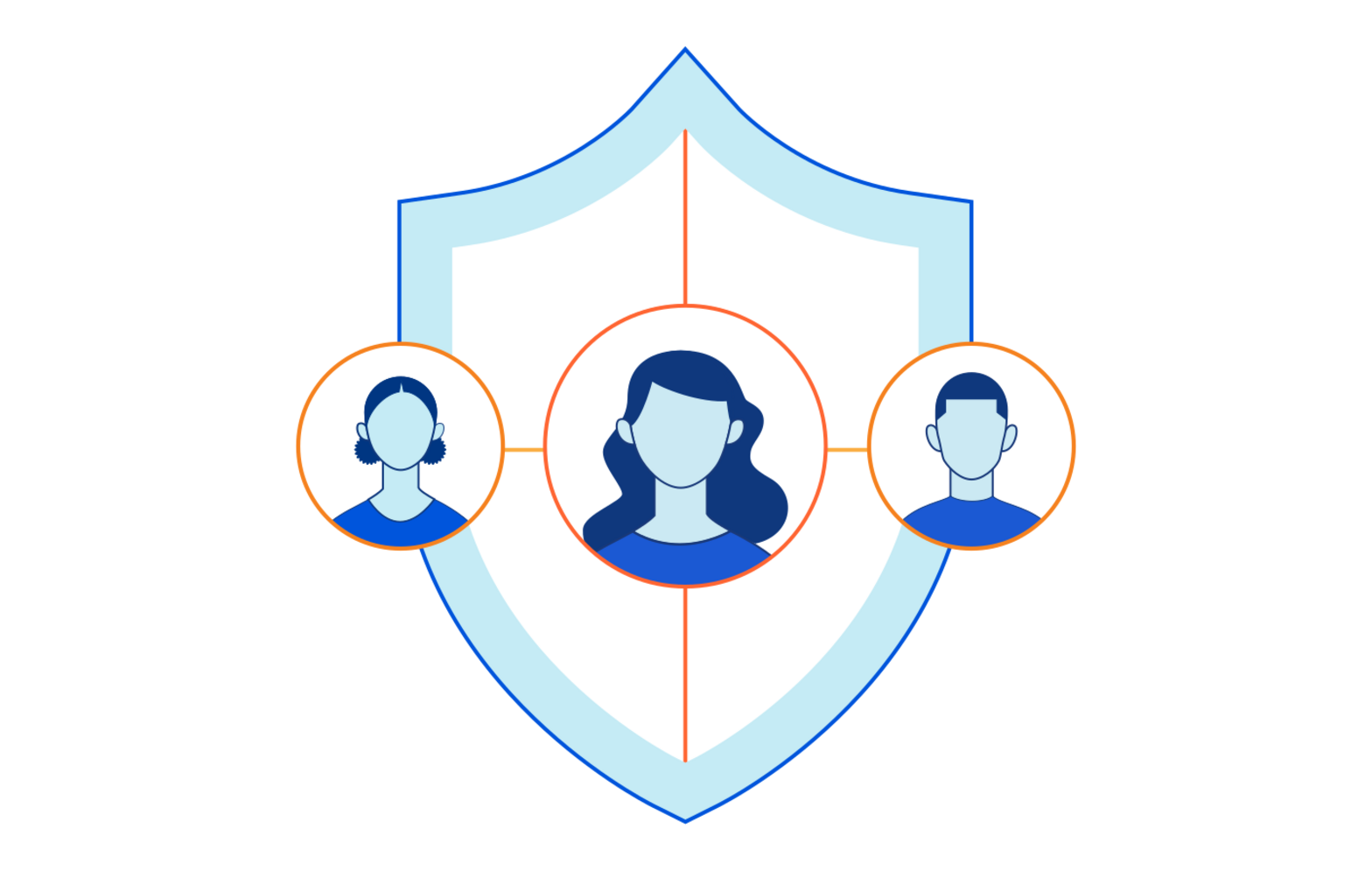
We launched Cloudflare for Teams to make Zero Trust security accessible for all organizations, regardless of size, scale, or resources. Starting today, we are excited to take another step on this journey by announcing our new Teams plans, and more specifically, our Cloudflare for Teams Free plan, which protects up to 50 users at no cost. To get started, sign up today.
If you’re interested in how and why we’re doing this, keep scrolling.
Our Approach to Zero Trust
Cloudflare Access is one-half of Cloudflare for Teams - a Zero Trust solution that secures inbound connections to your protected applications. Cloudflare Access works like a bouncer, checking identity at the door to all of your applications.
The other half of Cloudflare for Teams is Cloudflare Gateway which, as our clever name implies, is a Secure Web Gateway protecting all of your users’ outbound connections to the Internet. To continue with this analogy, Cloudflare Gateway is your organization’s bodyguard, securing your users as they navigate the Internet.
Together, these two solutions provide a powerful, single dashboard to protect your users, networks, and applications from malicious actors.
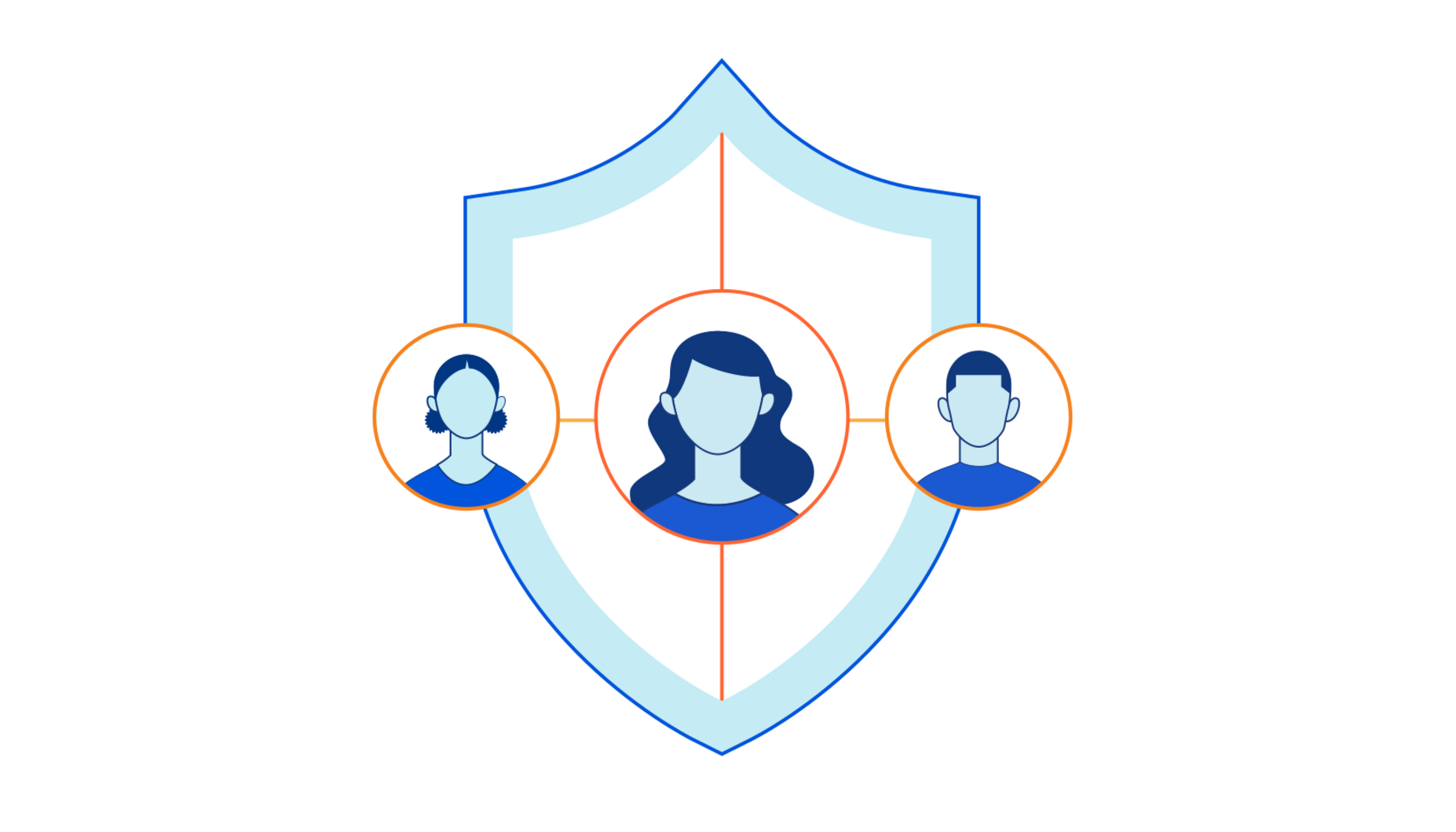
A Mission-Driven Solution
At Cloudflare, our mission is to help build a better Internet. That Continue reading
Cloudflare Access: now for SaaS apps, too
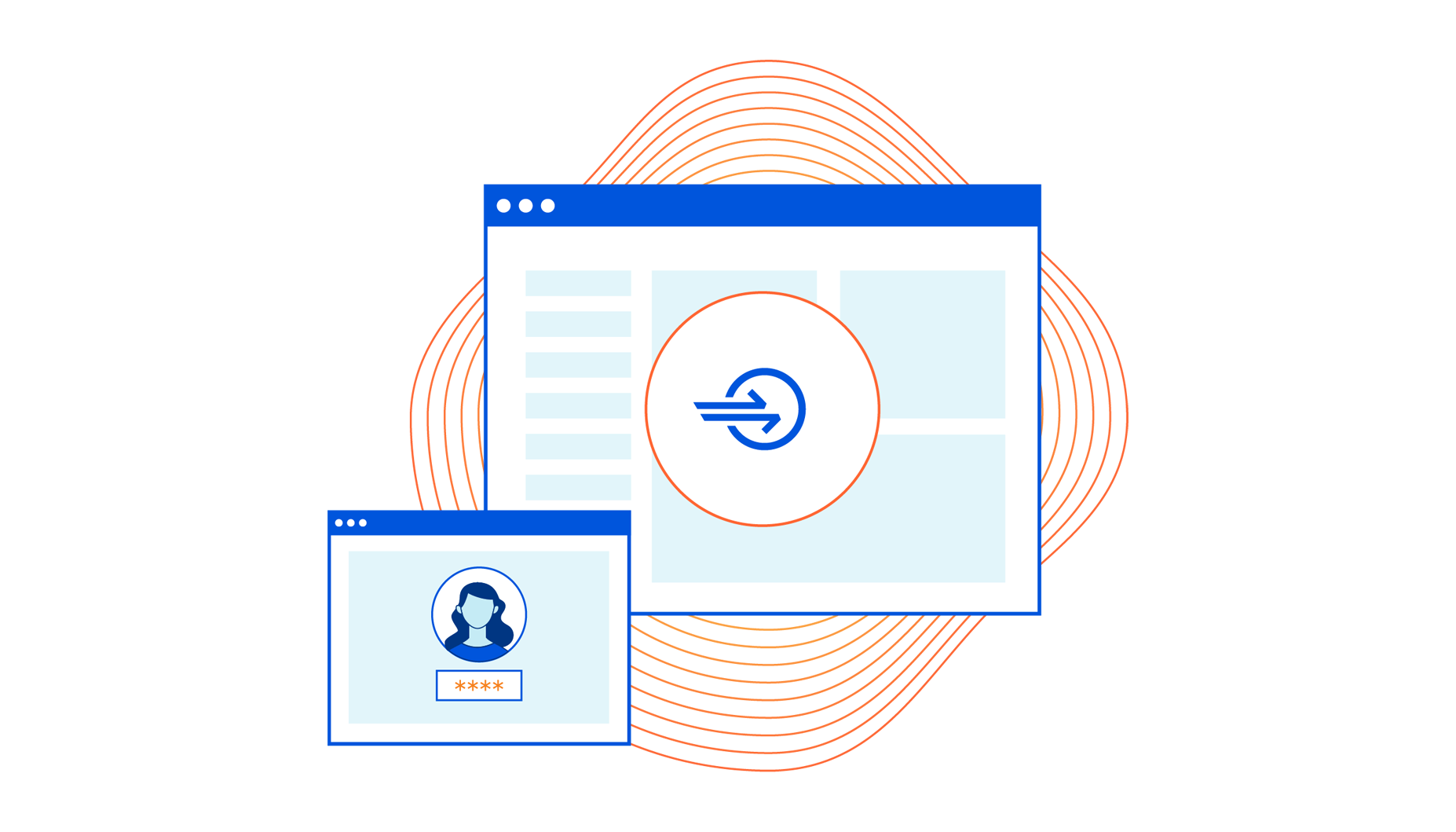
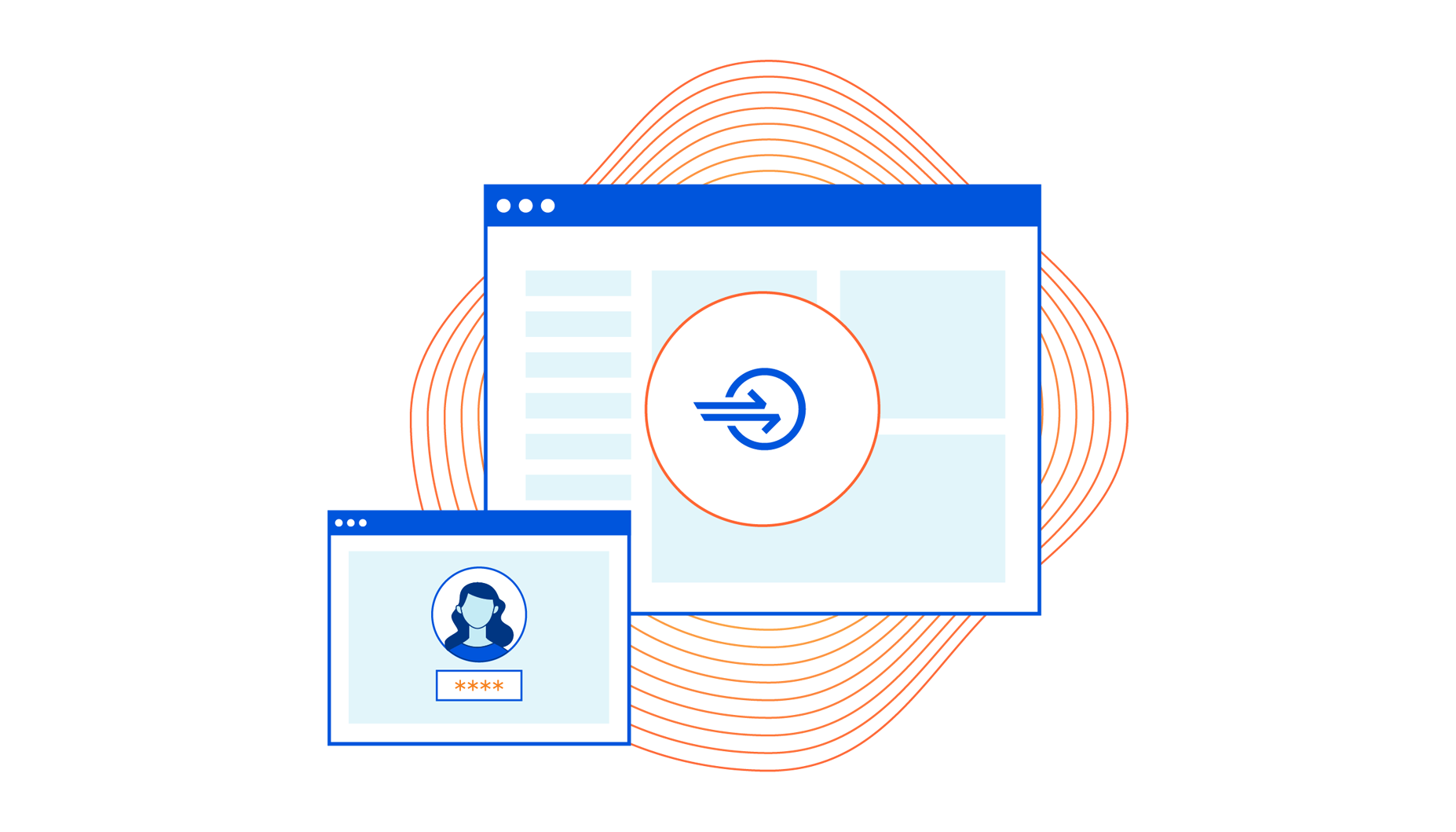
We built Cloudflare Access™ as a tool to solve a problem we had inside of Cloudflare. We rely on a set of applications to manage and monitor our network. Some of these are popular products that we self-host, like the Atlassian suite, and others are tools we built ourselves. We deployed those applications on a private network. To reach them, you had to either connect through a secure WiFi network in a Cloudflare office, or use a VPN.
That VPN added friction to how we work. We had to dedicate part of Cloudflare’s onboarding just to teaching users how to connect. If someone received a PagerDuty alert, they had to rush to their laptop and sit and wait while the VPN connected. Team members struggled to work while mobile. New offices had to backhaul their traffic. In 2017 and early 2018, our IT team triaged hundreds of help desk tickets with titles like these:

While our IT team wrestled with usability issues, our Security team decided that poking holes in our private network was too much of a risk to maintain. Once on the VPN, users almost always had too much access. We had limited visibility into what happened on Continue reading
Validating Data in GitOps-Based Automation
Anyone using text files as a poor man’s database eventually stumbles upon the challenge left as a comment in Automating Cisco ACI Environments blog post:
The biggest challenge we face is variable preparation and peer review process before committing variables to Git. I’d be particularly interested on how you overcome this challenge?
We spent hours describing potential solutions in Validation, Error Handling and Unit Tests part of Building Network Automation Solutions online course, but if you never built a network automation solution using Ansible YAML files as source-of-truth the above sentence might sound a lot like Latin, so let’s make it today’s task to define the problem.